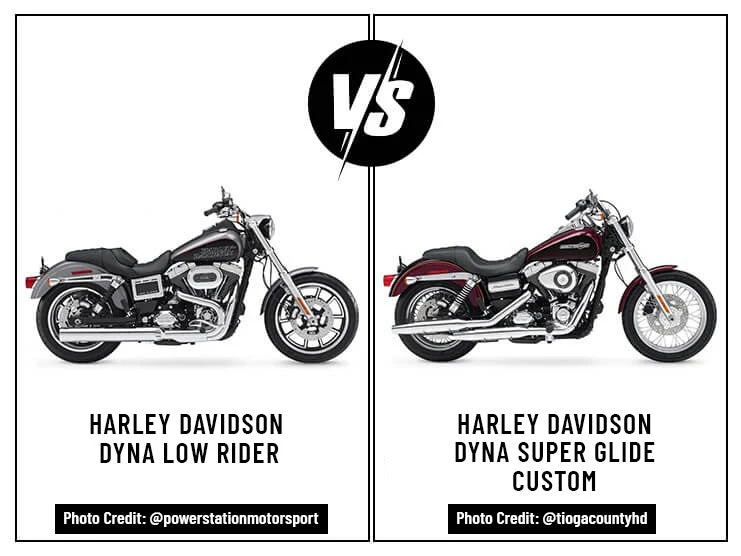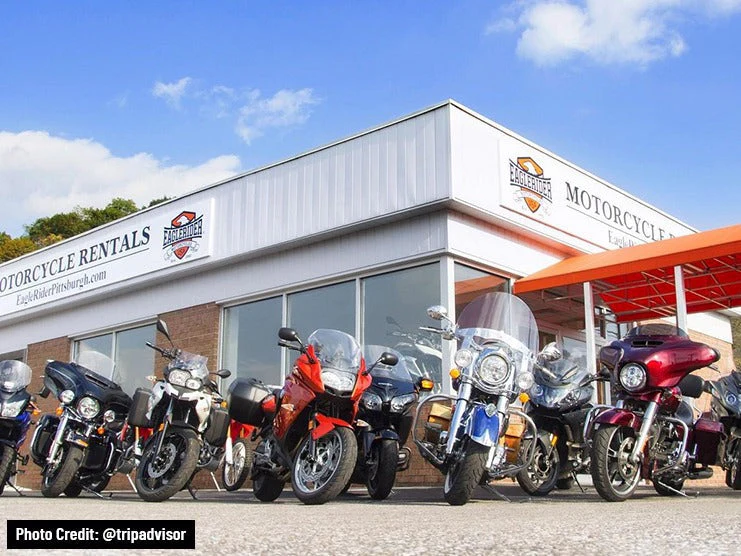Table of Content
Motorcycles usually struggle to start and suffer issues in cold temperatures. Motorcycle riders hate the cold and snowy weather because it is unsafe to go out for a motorcycle ride. Motorcycle owners usually keep their motorcycles stored in garages until spring comes around. If you still want to go for a motorcycle ride in the cold after several weeks of disuse, you must inspect the engine. This article explains why motorbikes have difficulty starting in the cold and possible solutions.
1. Why Do Motorcycles Have Difficulty Starting in the Cold?
In cold weather, the engine’s temperature drops which could keep the ignition from turning it on. Motorcycle engines must be within a specific temperature range to be able to operate. A drop in temperature can also have adverse effects on the fuel supply. To start your motorbike, you should check the fuel, fuel supply, and motorcycle battery.
2. Solutions
2.1 Park the Motorcycle in a Warm Place
When you store/park your motorbike due to cold or snowy weather, make sure to store it indoors where it is warm. If you do not have a garage, you can use insulated covers to keep the motorbike warm. This will not only keep the engine’s temperature from dropping, but also protect the engine from wind, scratches, and insects.
2.2 Idling the Engine
Even if your motorcycle’s engine starts correctly at first, there is a possibility that the engine will stop working at the next stop due to the low air temperature. Idling the motorbike’s engine before you go for a ride helps it warm up and maintain a minimum temperature. It is better to idle the engine for at least 7-15 minutes before in the garage rather than in the middle of the road.
2.3 Check the Battery
Motorcycle batteries drain quickly during winter. The battery is charged when the motorcycle is in use. When you do not use your motorbike for a long period in the cold, the electrolytes in the battery could freeze and cause the battery to go dead. You can check the motorcycle’s battery voltage using a multimeter. If it is dead, you can jump-start your battery using a jump-starter connected to another motorcycle’s engine.
2.4 Kick-Starting the Motorcycle
Most modern motorbikes do not have a kick-start lever and are instead fitted with an electric starter that requires only the push of a button. However, some motorcycles come with both a kick and an electric starter. Kick-starting is a mechanical process that is independent of external factors and prevents the battery from draining due to cold weather conditions. If you have a motorcycle with both the kick and electric starter, make sure that you use the kick starter every now and then. This helps in conserving the battery’s charge and the battery does not drain quickly.
2.5 Push-Start
You can also try to push-start your motorcycle if it does not start in the cold. First, you need to pull the clutch lever, put your bike in second gear, and then push the motorcycle with your legs while seated. A sissy bar can also help push the motorcycle with ease. When it reaches a minimum speed of 5 mph, release the clutch lever and push the electric starter button. When your motorbike starts, idle the engine for at least seven minutes to warm up the engine.
2.6 Activate the Choke
Modern fuel-injected motorcycles do not have a choke valve. The choke is a mechanical system that keeps denser air from entering the engine and mixing with the fuel. You can open the choke if your motorcycle is having trouble starting in the cold. Make sure to deactivate the choke two mins after your motorcycle starts since riding the motorbike with an open choke will result in more fuel being consumed.
2.7 Check the Fuel Quality
Fuel quality can quickly degrade in the cold if the motorcycle is left unused for several weeks. The properties of certain substances like petrol become altered due to changes in temperature. In cold weather, petrol does not evaporate as in hot weather, resulting in improper combustion in the engine. You can empty the fuel tank if it has poor-quality petrol and refuel it with fresh fuel.
2.8 Check the Engine Oil
To keep your engine running smoothly, it is crucial to use high-quality engine oil. In cold weather, the engine oil’s viscosity increases, resulting in increased friction that could damage the engine’s interior.
There are low-grade engine oils available that can handle cold temperatures and ensure your engine runs smoothly. Their viscosity remains the same in cold weather, ensureing smooth oil flow.
2.9 Do Not Keep the Motorcycle Parked Too Long
If the motorcycle is kept parked for long periods, several issues can arise, including battery deterioration, rust, fungus buildup, brittle tires, and degraded fuel and oil quality. Even if you are unable to go for a ride when it is snowing, you should still start the motorbike and idle the engine every few days to keep the engine warm and functional.
2.10 Inspect the Engine
If the engine still does not start even after following these steps, this could imply there are serious mechanical issues. Possible issues may be problems with the fuel injection system or spark plug. Check the spark plug’s connection to confirm whether it is supplying a steady current to the motorbike. If it is damaged, you can easily replace the spark plug with a new one. You should also check whether the fuel is being delivered to the engine. If the fuel supply is blocked due to an internal issue, you should get your motorcycle checked by a professional mechanic.
3. Takeaway
Motorcycles can take longer to start when in the cold. There are many possible reasons why motorbikes struggle to start, including a drained or dead battery, a change in the engine oil’s viscosity, degraded fuel quality, a faulty spark plug, or a cold engine. Once you inspect your motorbike and find out the problem, it is easier for you to resolve that issue. However, it is better to take precautionary measures like storing your motorbike in a warm place during winter, like a garage. If you do not have a garage, you can use insulated motorbike covers to protect it from cold, wind, water damage, scratches, and insects. Make sure to warm up the engine first by idling for 7-15 mins before going for a ride. If any of these solutions do not work out, get your motorcycle checked by a mechanic.
Taking care of your motorcycle and following the maintenance schedule is important to keep it running in all weather. You can also make your motorcycle look good by adding a few aftermarket parts available at Viking Bags including saddlebags, tour packs, Harley-specific saddlebags, fairings, crash bars, and handlebars.













Leave a comment
All comments are moderated before being published.
This site is protected by hCaptcha and the hCaptcha Privacy Policy and Terms of Service apply.